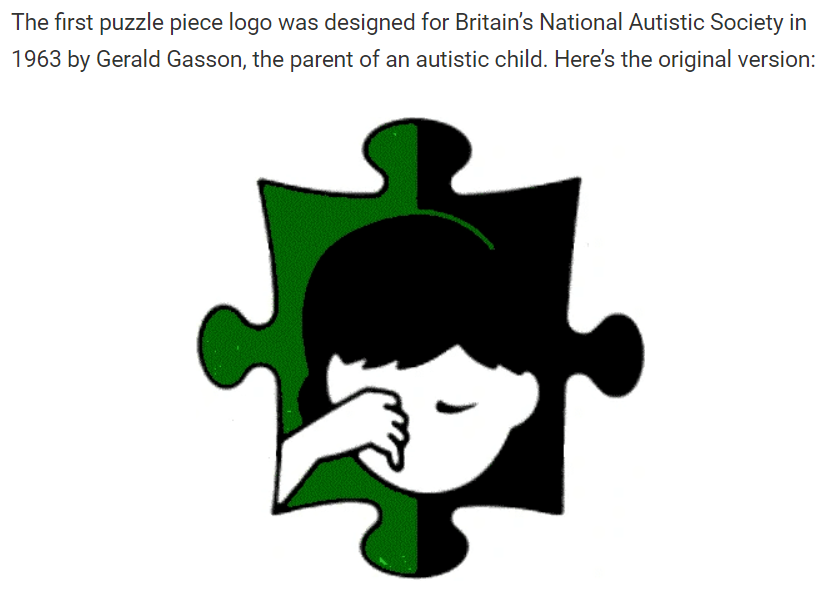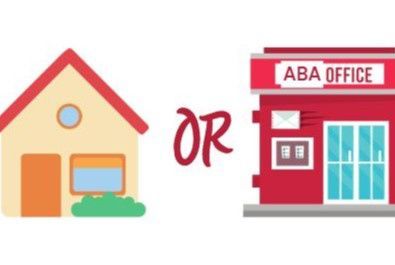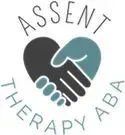ABA, Autism, & Puzzle Pieces

Listening to autistic voices is not something that ABA providers have historically done. Many providers still turn away from opposing views of ABA rather than hear them out. When you start listening, the voices are loud. There are many different opinions and strong variations, but most voices, especially autistic advocates, can agree on the puzzle piece topic.
What are autistics saying?
First, let’s talk about what the autistic community is saying about the puzzle piece symbolism.
According to an interesting article from Paula Jessop, an autistic advisor, (link is under resources) points out, they feel like the puzzle piece is an offensive way to describe or represent their autistic traits. The connotation is that the puzzle piece suggests that they are difficult to figure out, puzzling, something to be solved, mystery, etc.
Think about it.
The things you typically do when you go to solve a puzzle are to sort the pieces by characteristics (color, type of pieces) and manipulate them to get them to fit together. I am sure you can see how being associated with that representation can be harmful to one’s self-image and understanding of their autism.
Let’s reframe what autistics deal with.
Imagine you were struggling with components of your mental or physical health. You go to the doctor’s office and see a poster on the wall talking about how people with your condition are complex and difficult to solve. You are fun and loveable, but you’re broken.
You explain your mental and physical struggles to your doctor. He talks to you about how you cannot make it to work every day, you can’t keep all your dishes clean, your socks don’t match, and you stumble too much when you talk. He tells you that you need to figure these things out, to grow up, and JUST DO IT , but all you want to do right now is cry.
He puts all the things you struggle with on a paper and says, don’t worry I’ll fix you. Then tells you that you need to start doing those things or you won’t get paid at your job and won’t have friends.
Imagine if we took that example and put the supportive doctor in the room who says we can do this together, you may struggle with XYZ, that is okay, we all struggle with things. You are amazing at XYZ, you have the best skills doing this/that.
Instead of something that needs to be solved, you see a symbol of togetherness, a spectrum of variations, and acceptance, it would be different, right?

Disclaimer:
I do want to point out that not everyone in the autistic/autism community feels this way. Some parents and family members find the puzzle piece comforting and a symbol of their life. Some autistics do enjoy the puzzle piece. Many providers and members of the ABA community might even have puzzle pieces tattooed on their bodies due to their intense passion to represent their union with the autism community.
This discussion is not to discount those feelings or to instruct you to change your opinions. Symbolism is important to communities and bonding among members. We want to bring many different voices to these conversations, even those who are a catalyst to common practices.
Also, please remember that the identify first language of “autistic” is preferred by a majority of those with an ASD diagnosis. Autistic is not a bad word.
Why Do Companies Use It?
A very common place you’ll spot puzzle piece usage is often from ABA providers, Autism Speaks, and accessories/clothing. Again, there is nothing wrong with these being acceptable for your journey, if that works for you. Let’s respect and hear out the other side, too.
Many, many ABA companies use the puzzle piece symbol for their marketing and logos. This does not mean they are a bad company, but we should start asking questions.
- How they feel the symbol represents the autistic community.
- Why did they choose to use the puzzle piece symbol?
- How are they listening to the autistic voices and incorporating their concerns into their practice?
- Are they aware of the history of the symbol?
The puzzle piece and the ideas behind autism are literally the opposite of what companies should be conveying. The logos are typically bright colors, very chaotic, and involve jumbled shapes. This is incredibly overwhelming for many autistics due to their struggles with sensory processing. We know this. Why do companies not care?
Bright, happy symbolic brand recognition sells the best.
I get it. It would be nearly “impossible” for many companies to rebrand for the purpose of autism acceptance, but I think it is something that should be strongly considered. Gasp at the idea of putting the population they serve ahead of profits, right? There is a serious issue here. Many companies are not properly representing the community they serve. They are clearly showing they are not listening.
Many companies have a name associated with finding a solution to a problem and them being the ones to solve “the puzzle”/problem. Here are some random examples: “Hope … ABA” “Overcoming … ABA” “The Perfect Child ABA” (the last one KILLS ME). I am sure you get what I am trying to say.
Acceptance. Listening. The basics should be expected from ABA providers.
Guys, this was the FIRST REPRESENTATION OF AUTISM ON GLOBAL SCALE. An autistic child crying, in a puzzle piece. Read further to see how it is described.

- Captured from The Ability Tool Box.
“And here’s how Helen Green Allison, one of the organization’s founders, described the reasons for the design in 1997:
The puzzle piece is so effective because it tells us something about autism: our children are handicapped by a puzzling condition; this isolates them from normal human contact and therefore they do not ‘fit in’. The suggestion of a weeping child is a reminder that autistic people do indeed suffer from their handicap.
– The Ability Tool Box
I take it back, the rebrand is worth the slight dip in profits.
A Real Problem
Next, let’s talk about Autism Speaks.
If there is one organization you need to boycott, it is Autism Speaks. Good luck finding autistics that are proud to be represented by this organization. The organization was founded (and the puzzle piece) on the idea that we should be looking for that final cure to autism, pitying them.
From the resource created by Neuroclastic (they have a great Facebook page you can follow!), “The iconic Autism Speaks logo is a puzzle piece, and it’s often the only “authority” people recognize as a source of information about autism. Autism Speaks had caused irreparable harm to our community.”
I cannot write anything better than those personally impacted by Autism Speaks, so please refer to those resources. I have some links under resources.
Final Thoughts
I could go on for days. It is incredibly frustrating.
The puzzle piece is so ingrained in autism culture and some pop culture areas. This representation is controversial at best. On one hand, there is love and community in the symbol, but a lack of support from the very people it is supposed to identity to. I think there I incredible value in bringing together groups of people for a common cause.
The puzzle piece symbol will likely not go anywhere anytime soon. However, the media behind the clothes, symbols, and companies needs to be one that is doing its best to accommodate BOTH sides. Spreading messages of love, acceptance, and compassion is a good place to start. Let them be the ones who decide their message, we need to listen and be patient during this time of adjustment.
Resources:
Autism Speaks Information:



